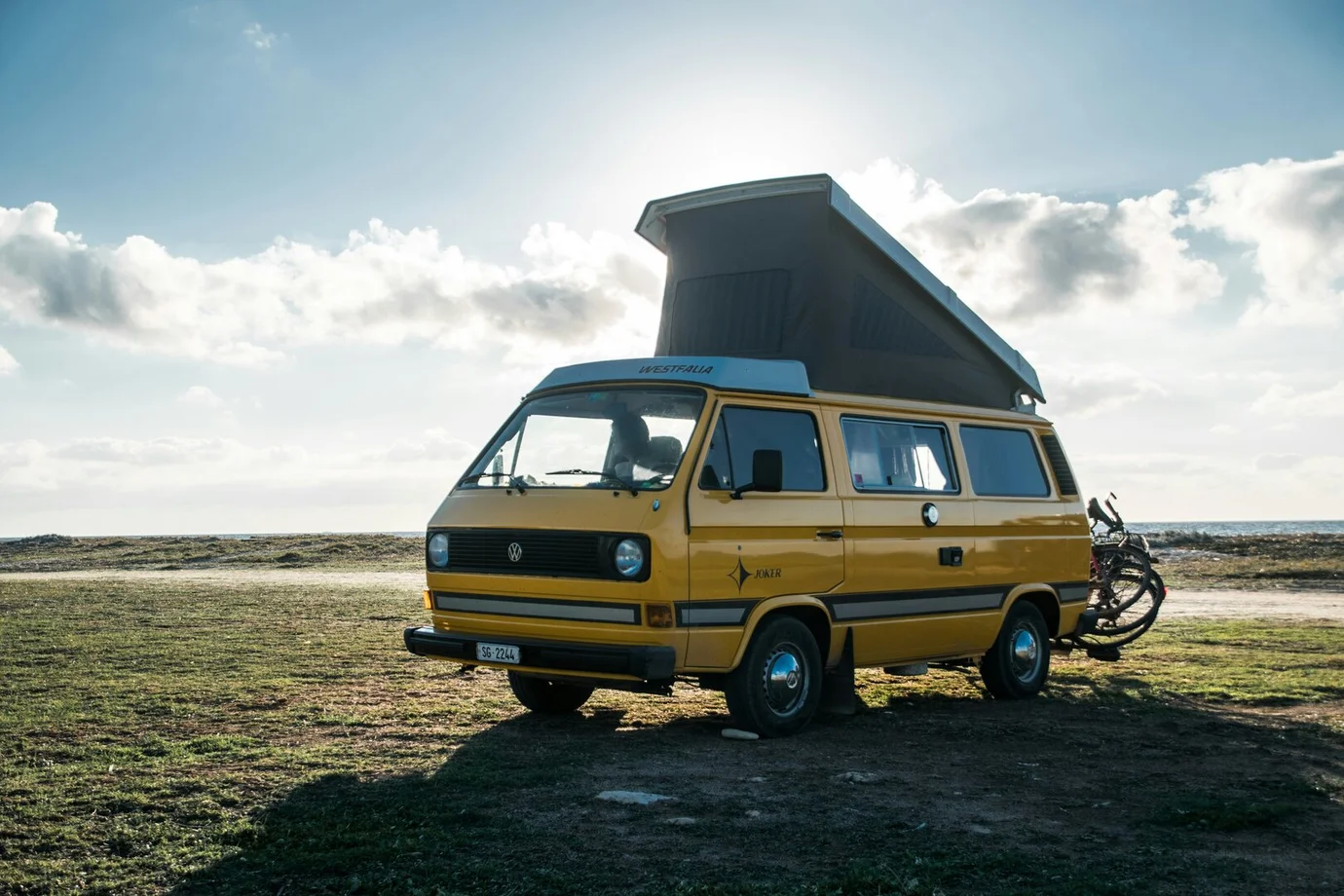Taking pedelecs and e-bikes with you in your motorhome - tips for safe transport
Camping with a camper van or caravan is a trend and at the same time e-bikes are now selling better than classic bikes. So it makes sense that many camping enthusiasts want to take their electric bike with them on holiday. We give you tips on how to combine the two safely:
Safe transport of e-bikes in a camper van
E-bikes and pedelecs can be transported in the same way as other bicycles. For example, on a rear luggage rack or in the bike garage, or even inside the vehicle. It is important that the bikes are well secured so that they cannot fall off, slip or hit the camper van, even with moving parts such as the handlebars. If the existing fastening options are not sufficient, tension belts, for example, can provide additional safety.
The special features of transporting e-bikes in a camper van - compared to normal bicycles - are primarily the additional motor and battery. This leads to more weight, which must be taken into account in the load capacity of the bike carrier and the maximum permissible total weight of the camper. Bicycle garages also often have their own maximum load capacity. In addition, the frame of e-bikes is thicker in some places than that of normal bikes due to the battery. This should be taken into account when choosing a bike rack. Furthermore, e-bike batteries should not be stored in the sun, as this can cause them to age more quickly. It is therefore better to remove them before transporting them on a rear bike carrier. This also ensures that the battery does not fall onto the road.
Protection against theft of e-bikes
Removing the battery is also recommended for another reason: The battery is usually the most valuable part of an e-bike and it can often be easily removed. A clever thief could therefore easily steal it from an e-bike that is openly attached to the rear of a motorhome, for example in a car park or at night on a campsite. In addition to the battery, other easily removable parts of the e-bike should also be removed and stored. This applies, for example, to saddles or front wheels with quick-release mechanisms as well as removable on-board computers and navigation devices. It may make sense to protect connections, open tubes and other sensitive parts such as the motor from rain and dust with a protective cap. The electric bike should also be connected to the camper van with a lock.
Charging e-bike batteries while camping
The easiest way to charge e-bike batteries is if there is a power connection at the campsite. If you are travelling abroad, you may also need an adapter for the socket. Chargers that work with the 12 V electrical system are rare and can quickly overload the battery. A photovoltaic system can therefore make sense for e-bike riders with a camper van - preferably with a storage battery so that the e-bike can be ridden during the day and charged at night.
With or without a camper van: E-bike batteries should be charged correctly when on holiday to reduce premature ageing and the risk of fire. This means, among other things, that they should be charged in a cool place and especially not in the blazing midday sun.
Fire protection for e-bikes in a camper van
Particular attention should be paid to safety in a camper van. After all, a sudden fire with heavy smoke development, as can occur with the ‘thermal runaway’ of lithium-ion batteries, can quickly lead to a catastrophe in a camper van: The cramped interior fills with smoke faster than a large flat, there is often only one exit available as an escape route and there is a lot of flammable material in a camper van - including petrol and gas.
In addition to the general safety rules for charging batteries,camper van owners should therefore take additional safety measures. E-bike batteries should ideally be charged outside the camper van (but not in the sun) and under supervision. If they are charged in the motorhome, they should not block the escape route in the event of a fire. E-bike batteries also have no place near gas pipes.
If you want to be on the safe side, you can store, transport and charge your e-bike battery in a RETRON BOX. Other batteries and devices can also be charged there, e.g. mobile phones, laptops, power banks or battery-powered hair dryers.
Good to know: Many of the tips above also apply to e-scooters or e-motorised scooters that are taken along in the camper van. Especially with cheap e-scooters, the quality of the lithium-ion batteries installed is sometimes significantly worse than with e-bikes, which is why the risk of fire is often higher.



